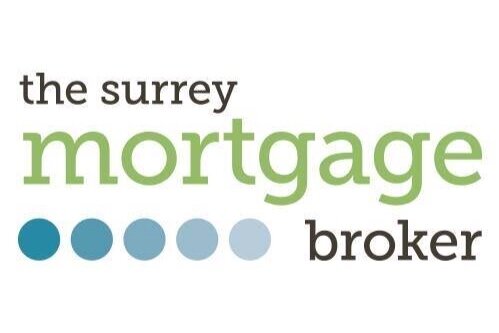Things have quietened down as 2022 draws on however many people are still wanting to move house. There are many reason why you might want to move, in fact I’ve just got off the phone with a client who is looking to downsize and is putting their house on the market this weekend.
In this week’s blog I outline a few bits and bobs you might want to get ready.
What documents do you need when selling a property?
Selling a home can be a big undertaking and the process is often unfamiliar as, on average, Britons move once every 23 years, which is a statistic that will no doubt be quite surprising to many [1].
It is really important you are able to get advice from the right people at the right time. So if you’re planning to sell your property, making sure that you have the correct documentation all in order is crucial to ensuring that the sale of a property goes smoothly, and avoids further problems down the line.
There are a few key documents that you’ll need to have in order to complete the sale.
Here’s a brief overview of what you’ll need:
Your Energy Performance Certificate (EPC)
An Energy Performance Certificate (EPC) is a document that contains information about the energy efficiency of a property. The certificate is required by law when a property is built, sold or leased, and must be made available to potential buyers or tenants.
The certificate provides an energy efficiency rating on a scale of A to G, with A being the most efficient and G being the least efficient. The rating is based on factors such as the type of heating and insulation in the property, as well as the number of lights and appliances. The certificate also includes recommendations for improving the energy efficiency of the property.
EPCs are valid for ten years and can be renewed if there have been significant improvements made to the energy efficiency of the property.
The TA6 form
One of the first things your solicitor will ask you to do is complete a Property Information Form, also known as a TA6 form, and a TA7 form if you are selling a leasehold property. The TA6 form is produced by the Law Society and covers 14 separate subjects, including questions about boundaries, any disputes with neighbours, what utility companies you use and so on.
The Land Registry Title documents
Land Registry Title documents are the official records of who owns a property. They show information about the property, such as its address, size and value. They also show any restrictions or conditions on the property, such as whether it can be used for business purposes.
Title documents are an important part of buying or selling a property. They can help to prove ownership of the property and can be used to resolve any disputes that may arise. It is therefore important to make sure that they are accurate and up-to-date. You can also check on the Land Registry website.
Legal documents related to the tenure of your home
Do you own the freehold of your home or are you selling a leasehold flat? Or perhaps you’re selling a shared ownership property? Where relevant, you’ll need to provide a copy of the lease and any documents setting out your share of the freehold, for example, a Shares Certificate if there has been a company set up to manage the freehold.
TA10 form for fittings and contents
The TA10 form enables you and the buyers to reach an agreement regarding what will be included in the sale of your property. For example, inclusions may cover items such as white goods and window dressings. The document sets out the agreed inclusions room-by-room to ensure that all aspects are covered and no ambiguity remains regarding what you will and won’t be leaving behind for the new owners. Any items in the garden and outdoor areas can also be covered in the TA10 form.
Permissions
Whether you’ve added an extension or made other significant improvements to the building, you’ll need to demonstrate that any alterations have been carried out in compliance with safety regulations. Of course, not all home improvements require legal permissions, but any works that need planning permission building regulation approval must be backed up by documentation. It can unnecessarily hold up the sale of a house if you subsequently have to search or apply for copies of such permissions, so be sure to have them ready in advance.
Proof of identity
Estate agents, legal representatives and mortgage lenders are required by law to check your identity in order to protect against money laundering. You will need to provide them with proof of identity (including photographic ID) and proof of address. To prove your address you can use either a bank statement or utility bill addressed to your name at the property. A driving licence or copy of your passport will be needed for photo identification.
Management Information Pack (MIP)
In almost all leasehold and occasionally certain freehold transactions, there will be a management company involved. This company will manage the freehold and any shared facilities. When selling a property, they are responsible for providing a management pack to your purchaser’s conveyancer in return for a fee payable by the seller.
MIPs are a collection of varying documents that contain vital information that may affect your purchaser’s decision to proceed with their transaction. It is produced and distributed to the purchaser’s conveyancer so that they can make them aware of any important factors such as future maintenance on the building.
Need help to find the right mortgage deal?
Whether you’re buying, moving or improving your home, we’ll help you find the right mortgage that suits you. Contact The Surrey Mortgage Broker – telephone 01252 759233 – email richard@thesurreymortgagebroker.co.uk
Source data: [1] https://www.openaccessgovernment.org/how-often-do-brits-move/60841/

